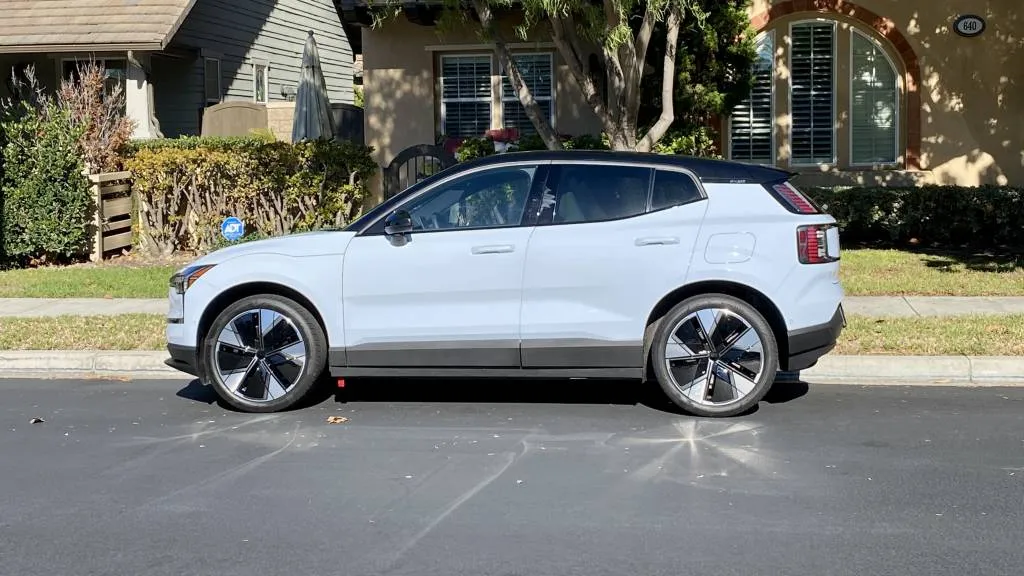- 100% tariff on Chinese language-made EVs follows U.S.
- EV incentives solely apply to free-trade companions, Canada underscored
- Mexico stays a possible U.S. entry level for Chinese language automakers
Canada’s nationwide authorities Monday introduced a 100% tariff on the import of Chinese language-made electrical automobiles.
The 100% tariff, set to enter impact October 1, 2024, intently matches that adopted by the U.S., and it follows language just like that being adopted by the EU. Particular tariff objects apply extensively with out exceptions, on the whole lot from passenger automobiles to buses and vehicles, and of gas sorts starting from gasoline to electrical and hydrogen fuel-cell.
Accompanying the automobile tariff, Canada additionally introduced a 25% tariff on Chinese language metal and aluminum set to begin October 15, 2024.
Moreover, Canada took its actions versus China a step additional than the U.S. has so far: It’s limiting eligibility of Chinese language EVs for all federal EV incentives—to those who have negotiated free-trade agreements with Canada. With no limitations on remaining meeting or battery and mineral sourcing necessities for Part 45W, U.S. companies eying industrial use or leasing and buying Chinese language automobiles topic to the brand new tariffs would seem to nonetheless be eligible to get $7,500 or extra again by way of the EV “leasing loophole.”
Canada’s transfer follows Biden’s 100% tariff hike
“China’s intentional, state-directed coverage of overcapacity and lack of rigorous labor and environmental requirements threaten staff and companies within the EV business around the globe and undermine Canada’s long run financial prosperity,” stated Canada’s Division of Finance in a press launch accompanying the announcement. It added that “distinctive measures are required to handle this extraordinary risk.”
The Biden administration tariff hike versus China was introduced in Might, and it was instantly positioned to maintain Chinese language EVs out. That U.S. transfer raises tariffs on EVs from 25% to 100% this 12 months, and it hikes the tariff fee on lithium-ion batteries and battery elements from 7.5% to 25% when utilized to EVs. An equal hike on tariffs for lithium-ion batteries imported from China for different purposes applies beginning in 2026.

2025 Volvo EX30
That reportedly led to the delay of the Volvo EX30 compact EV, a automobile that was slated to reach first as a Chinese language import, with Europe-built automobiles arriving later.
Mexico within the stability—particularly for EVs
Presidential candidate Donald Trump, who has underscored that Mexico has taken away 34% of car manufacturing enterprise within the U.S., has promised to take the 100% Chinese language tariffs a step additional—to all automobile sorts—with insurance policies to stress automakers to construct automobiles within the U.S. relatively than Mexico.
Mexico stays a part of the evolution of a free-trade framework with the U.S. and Canada. As soon as referred to as NAFTA, it was revamped solely barely throughout the Trump administration and renamed the U.S.-Mexico-Canada Settlement (USMCA).

BYD Dolphin EV – Euro spec
However Mexico can be proving to be the weak level within the protection in opposition to the onslaught of cheap Chinese language EVs. Below the USMCA, Chinese language EVs made in Mexico, with Mexican supplies, might nonetheless doubtlessly be offered within the U.S. freed from commerce tariffs. Up to now the nation has made no transfer to step up its Chinese language tariff guidelines.
Europe stays in pushback mode, and it seems that versus Chinese language EVs, its implementation of EU tariff guidelines could also be too late. China’s BYD has already begun promoting its Dolphin EV, a well-rated compact hatchback, for lower than $30,000 in some EU markets, and the lower-priced Seagull could be offered for lower than $20,000 in some markets.